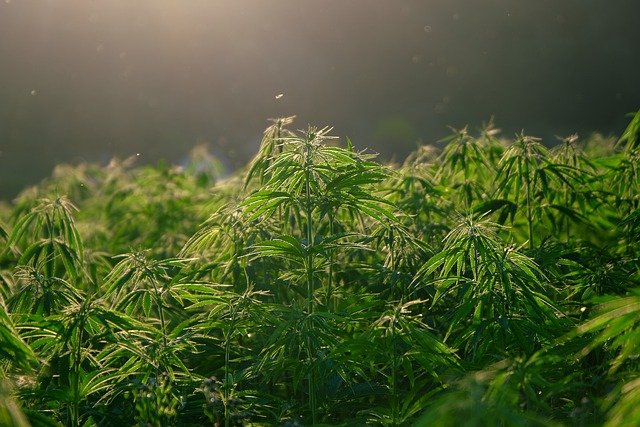Cannabis sativa is a herbaceous species native to the Himalayas. Within cannabis there are more psychoactive varieties than others, calling hemp those with low THC (tetrahydrocannabidiol) content, which is the psychoactive component of cannabis. Cannabidiol (CBD), another component of cannabis, blocks the effect of THC on the nervous system.
How to apply
This plant has been cultivated since prehistory for different uses; production of textile fiber for making garments, plastic, ropes or paper; as a medicinal plant, extracting oil from its seeds to use as fuel and animal feed, and as a psychotropic. CBD is used in creams and other cosmetic products.
Medical cannabis has been used to combat loss of appetite, nausea and vomiting induced by chemotherapy. Also to treat pain and muscle spasms in AIDS patients. There is concern within the scientific community regarding the use of this substance due to evidence regarding cognitive problems and memory loss, as well as the risk of dependence.
Preparations
Whole, dried flowers and leaves are the most commonly consumed form; being generally inhaled in the form of a cigarette or, commonly called, joint or joint. Hashish is the concentrated resin produced from the flowers. It is usually more potent than marijuana itself.
Risk of medical use
Medical marijuana use can cause rapid heartbeat, arrhythmias, dizziness, drowsiness, disorientation, euphoria, short-term memory loss, difficulty concentrating, confusion, or addiction. Chronic cannabis users can develop chronic hyperemesis syndrome; Cyclical episodes of vomiting accompanied by compulsive hot baths. This syndrome is only cured with abstinence.
Effects
When marijuana or hashish is smoked, THC is released, which is absorbed by the lungs and passes into the bloodstream, being transported throughout the body to the brain. At this time, euphoria and relaxation are felt, which may be accompanied by increased sensory perception, uncontrolled laughter, altered temporal perception, and increased appetite.
If marijuana is consumed in drinks or food, its effects usually appear around 30 minutes after ingestion. Cannabis use, in any of its forms, can cause a drop in blood pressure (hypotension), as well as a drop in body temperature (hypothermia) and an increase in heart rate (tachycardia).
In addition, it can make memorization difficult, producing monotonous language and being able to produce episodes of acute psychosis and amotivational syndrome (not wanting to do anything). Latest research discovered how cannabis use can produce alterations in the nervous system. These are comparable to psychosis, and schizophrenia can develop in people with a genetic predisposition, especially among the youngest, since their nervous system is in a maturation phase.

